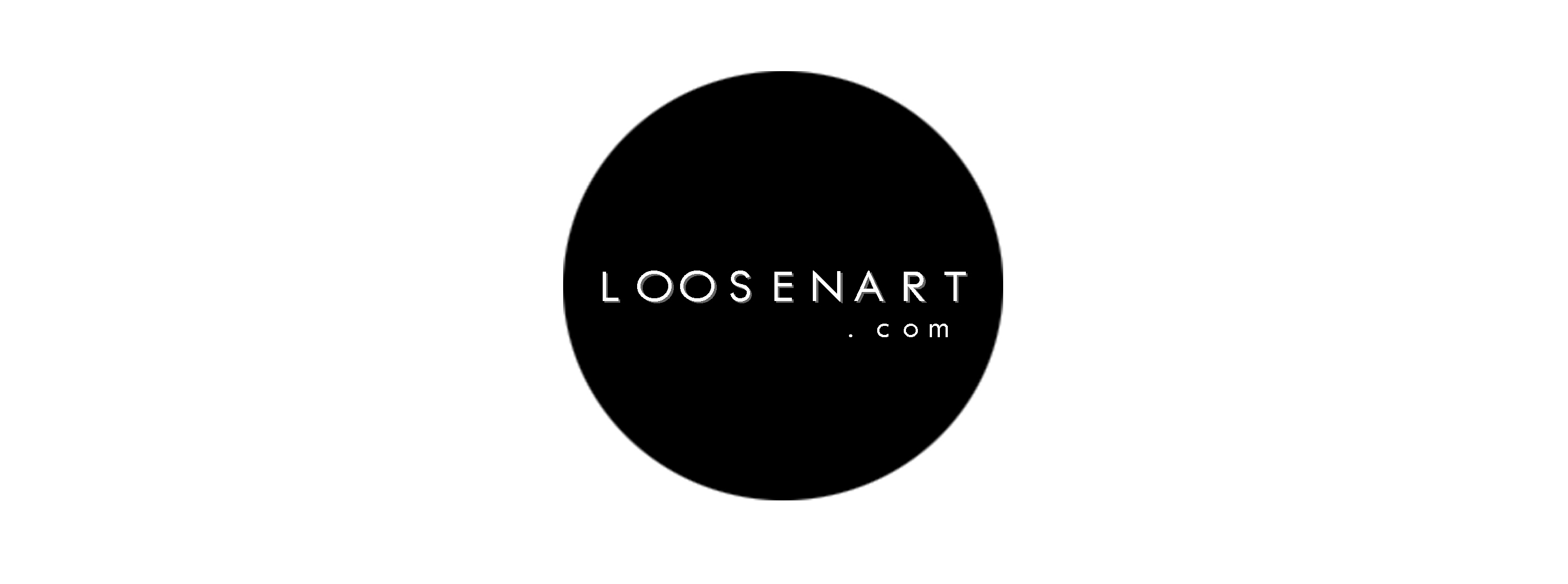Glitches and Defects. The Ordinary Errors
Posted on July 24 2019
Glitches and Defects │ 5th July - 5th August 2019
.
.
Glitches and Defects represents a paradoxical interpretation of today’s world, where everything must be perfect and everyone needs to show the best version of him/herself. This group exhibition, open at Spazio Millepiani in Rome from Friday 5th July until Monday 5th August 2019, depicts an anti-reality where everything is exactly as it is. Corruptions, mutations and, yes, glitches included.
.
Technology, here, is not merely a technique, a tool, a medium. Threading its way through art, it is its common denominator, the main subject of surreal compositions and altered works. Technology imposes its rules, turning the artist into an ‘operator’, a passive executor, unable to interfere with the ultimate result.
‘Beyond’ is the key(word) to those images, which are the product of a process beyond our control, beyond the dimension we know, made of shared spatial and temporal coordinates. Not to mention that, to understand this exhibition, we need to go beyond the conventional aesthetic categories, reaching other horizons, new features, different qualities.
Technology, here, is not merely a technique, a tool, a medium. Threading its way through art, it is its common denominator, the main subject of surreal compositions and altered works. Technology imposes its rules, turning the artist into an ‘operator’, a passive executor, unable to interfere with the ultimate result.
‘Beyond’ is the key(word) to those images, which are the product of a process beyond our control, beyond the dimension we know, made of shared spatial and temporal coordinates. Not to mention that, to understand this exhibition, we need to go beyond the conventional aesthetic categories, reaching other horizons, new features, different qualities.
.
.
Kamil Zaleski, Cwiczenia 7, 2018
.
.
“Glitches and Defects” can be also interpreted as a post- (post?)-modern artistic revolution. While, at the beginning of the 20th century, Marcel Duchamp gave some old objects a new life, converting them into valuable ‘ready-mades’ (“Bicycle Wheel”, 1913; “Fountain”, 1917), this exhibition gives the mistake a second chance. Immersed as we are in a constant stream of words, news, pictures, texts and videos, we are endlessly bombarded with information. Within this flow, the accidental error – whether a blurring effect or a pixelated portrait – disturbs us to the point that we are forced to look at it, to listen to it, to notice it. At the same time it represents also the break we aspire to, the pause we deserve in order to formulate original ideas and thoughts.
.
The artworks here considered make up a complex and intense itinerary where a lot of unusual expedients and devices are used to desaturate our senses. Computer games, memory maps, defective images as well as 3D scans are just some of the ‘mechanical accidents’ and methods adopted by the artists. Where a website that has been hacked becomes a source of inspiration for a new practice (“I am the vandal”, the artist says), a corrupted visual file is transformed into something else. And behind that there is an entire emotional universe full of anxiety, hope, grief and personal, sometimes unsolved issues, just waiting for the visitors to be read, re-written and interpreted again.
.
We cannot affect the artworks, but they can certainly affect us.
We cannot affect the artworks, but they can certainly affect us.
.
.
.
.
.
.
.
-
.
--------------------------------------------------------------------------------------------------------------------------------------------------------------
.

 .
.










Connect